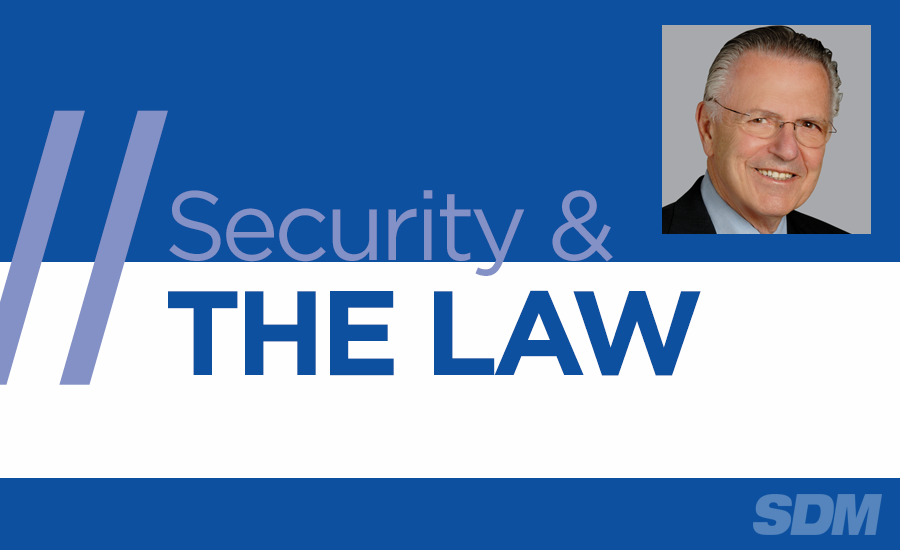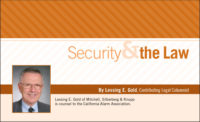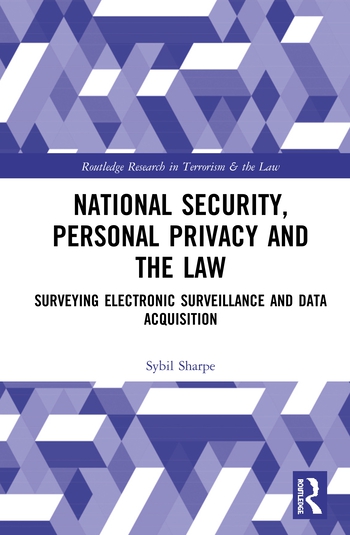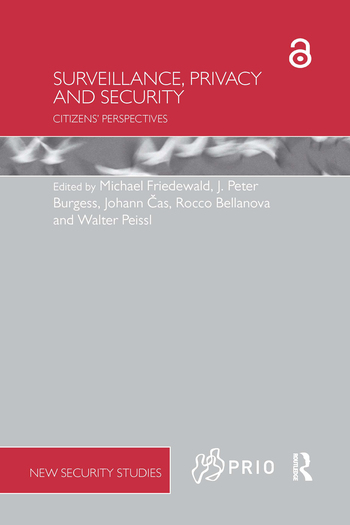Security Contractor Cleared of Liability in Mall Carjacking

In a recent decision by the United States District Court, the plaintiffs visited a shopping center while on vacation. During their visit, they were assaulted in the parking garage. The defendant in the case was the security contractor responsible for the garage during the relevant period.
The plaintiffs had made their second trip to the shopping center to return an item they had purchased a couple of days earlier. Upon parking their vehicle in the garage, two or three men exited a car that had pulled up behind them, attacked the plaintiffs, stole their rental car, and immediately fled the scene.
At the time of the attack, the defendant security company had two security guards on duty. Upon learning of the carjacking through a call from a parking garage attendant, the defendant immediately dispatched an employee to the garage and contacted the local police department. The dispatched agent, who was on foot patrol in the mall, heard screaming coming from the parking garage and proceeded there, arriving within minutes of receiving the dispatch call.
The perpetrators of the incident had already fled the premises by the time security arrived. The attack and carjacking were not captured on the garage surveillance video. However, the defendant located footage showing an automobile without license plates following the plaintiffs’ stolen car out of the garage.
This carjacking was the third such incident over 19 days at the mall. The plaintiffs filed three causes of action against the defendants: general negligence, premises liability, and negligent hiring/retention. The defendants moved for summary judgment on all claims.
The court noted that to establish a cause of action for negligence, the plaintiffs must show that the defendants had a duty to use due care, breached that duty, and that the breach was the proximate or legal cause of the resulting injury.
California law provides an exception to the general rule of no duty to protect against the acts of another, establishing a duty when the defendant has a “special relationship” with either the dangerous third party or the victim. The court explained that determining whether to apply the exception involves a two-step inquiry: (1) whether a special relationship exists between the parties that gives rise to an affirmative duty to protect from injuries caused by a third party; and if so, (2) whether policy considerations weigh in favor of limiting that duty. Thus, even if a special relationship creates an affirmative duty to protect, the court must consider whether policy reasons warrant limiting that duty.
The court noted that it is unclear whether a special relationship existed between these parties based on California authority and the facts presented. The California Supreme Court has opined that a special relationship generally exists between a commercial proprietor and its tenants, patrons, or invitees. However, the court pointed out that the circumstances in this case weigh against the existence of a special relationship. Unlike a common carrier, for example, the shopping center was not maintained as a closed environment in which shoppers relinquish control and depend on the proprietor for their safety.
In summary, the plaintiffs failed to demonstrate that a special relationship existed between them and the defendants. The defendants did not have a duty to prevent third-party conduct which they did not know about and could not reasonably anticipate. The court indicated that the plaintiffs relied on hindsight in asking the court to impose a duty based on information unknown to the defendants.
Even assuming a special relationship existed between the plaintiffs and defendants, making the defendants owe a duty to protect against third-party criminal conduct, the carjacking incident was not foreseeable, and any such duty must be limited. Therefore, the defendants did not owe a duty to protect against the unforeseeable criminal conduct of a third person and were entitled to summary judgment on the negligence claims.
Looking for a reprint of this article?
From high-res PDFs to custom plaques, order your copy today!









